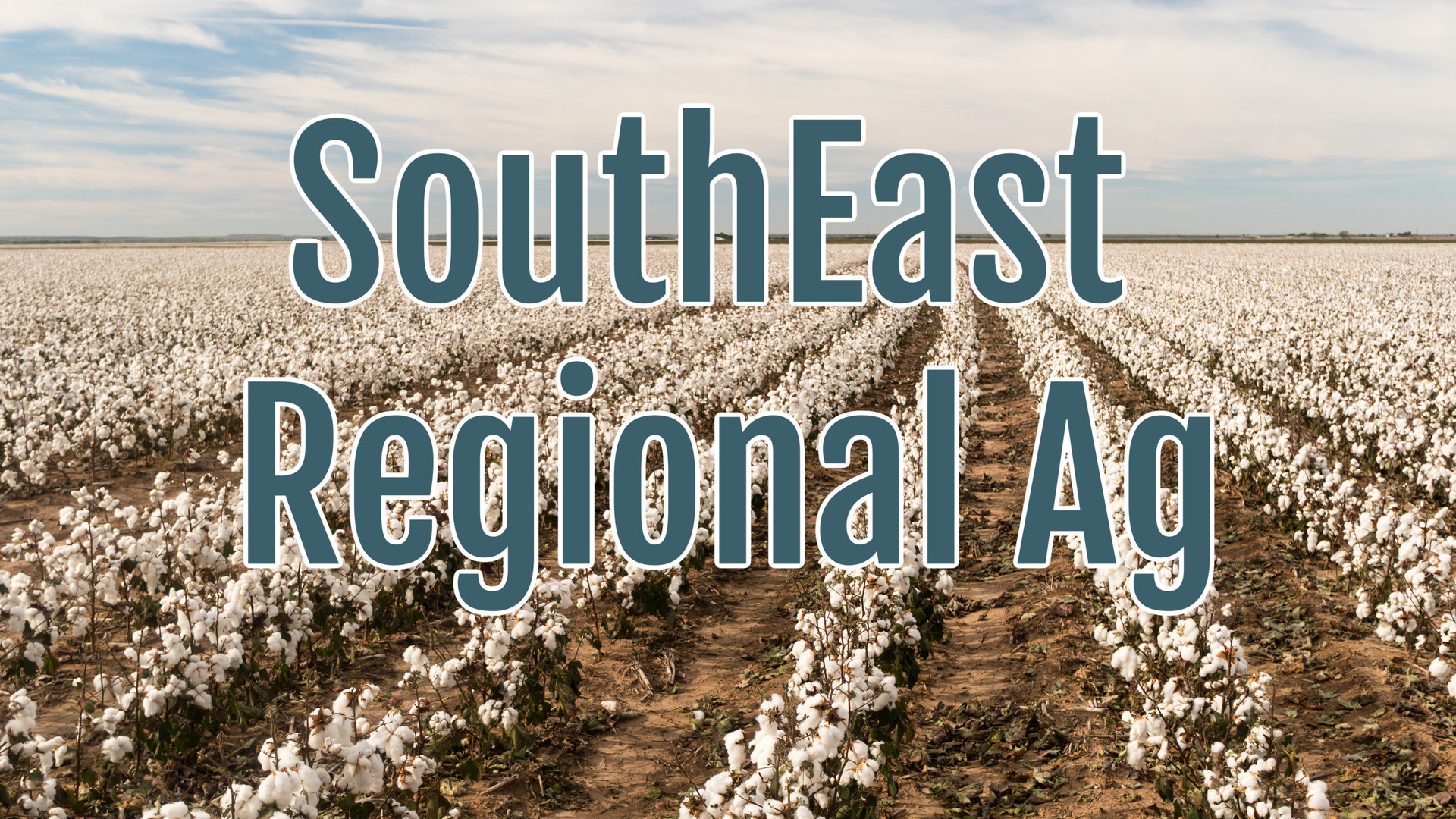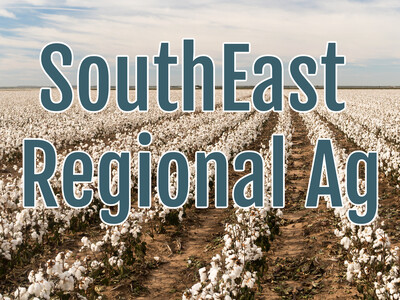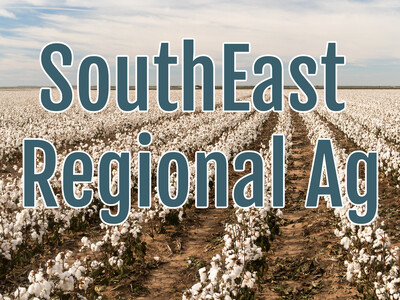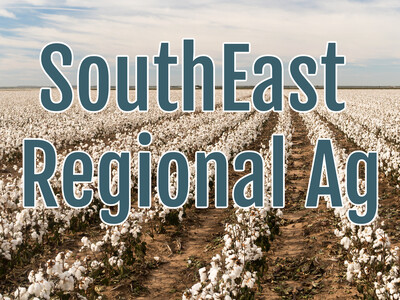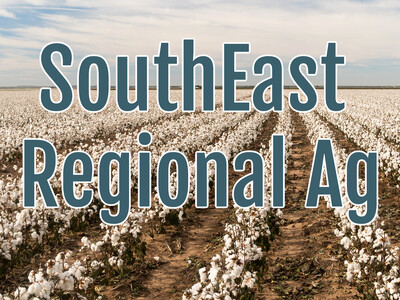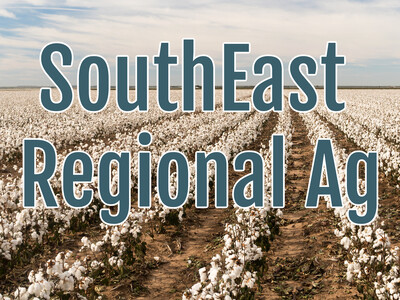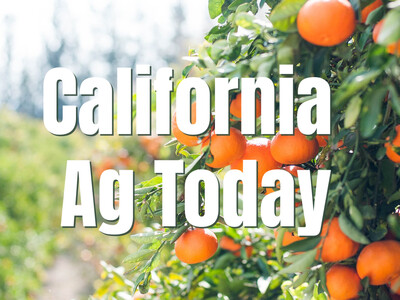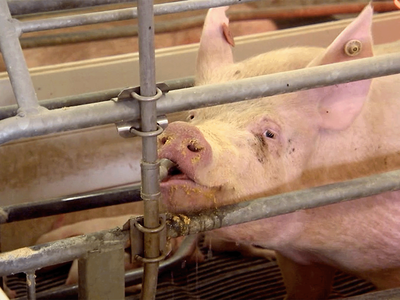Wet Fields in the Southeast
For much of the southeast, too much moisture has caused delays this season and created perfect conditions for crop fungus.
Pam Knox, Agricultural Climatologist with the University of Georgia updated conditions on a recent Southeast climate webinar.
KNOX: “The farmers can’t get into their fields so they’re way behind on putting out fertilizers and fungicides and other agricultural chemicals and the result of that is that they start to lose their good quality of leaves so the yield goes down on a lot of those crops.”
Knox says conditions have been wet enough that fungal diseases have become an issue and many farmers are using aerial spraying applications.
Cool conditions have slowed the development of crops a little bit and Knox says it has also reduced evapotranspiration helping to keep soils wet and increased flooding risk.
While some areas had some drying, the storm season is at its high point.
KNOX: “After Fred, there’s another wave that just came off the coast of Africa and we don’t really know what’s going to happen with that one yet. But it’s that time of year and we’re just really approaching the peak and we can expect to see a lot more activity. Wet conditions will continue to occur. It’s not going to be every day. But it does mean you don’t get any long dry spells to get in and dry the ground.”
The upside is that dryland farmers have not had to use much irrigation and forage has caught up quite a bit.
Knox says the La Nina climate conditions should begin to play a role as the fall approaches. La Nina patterns typically bring warmer and dryer conditions to the southeast.


